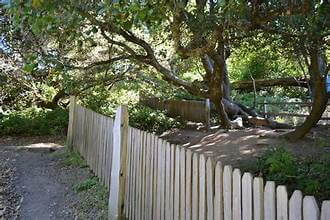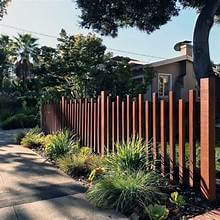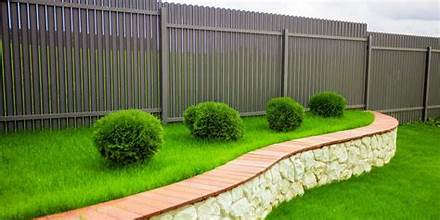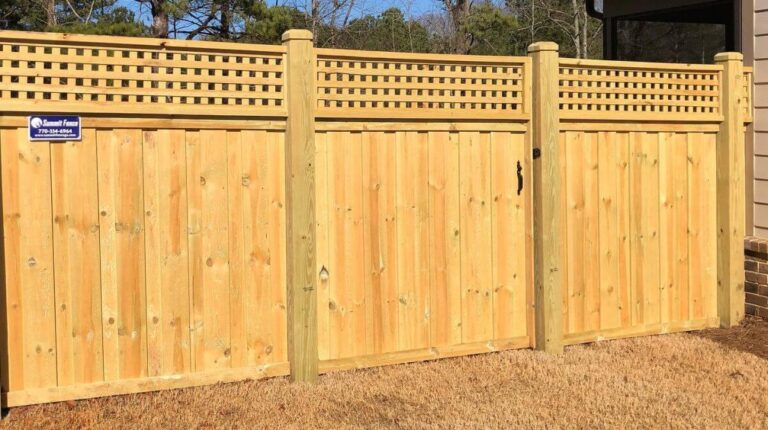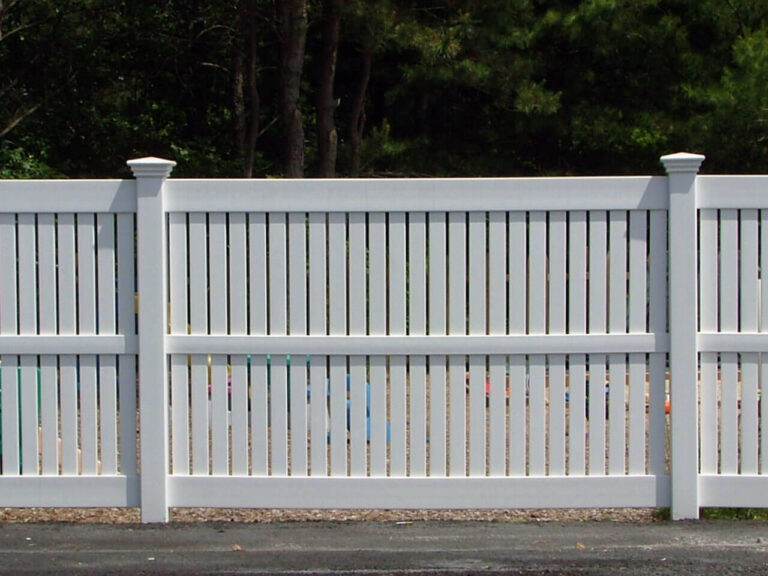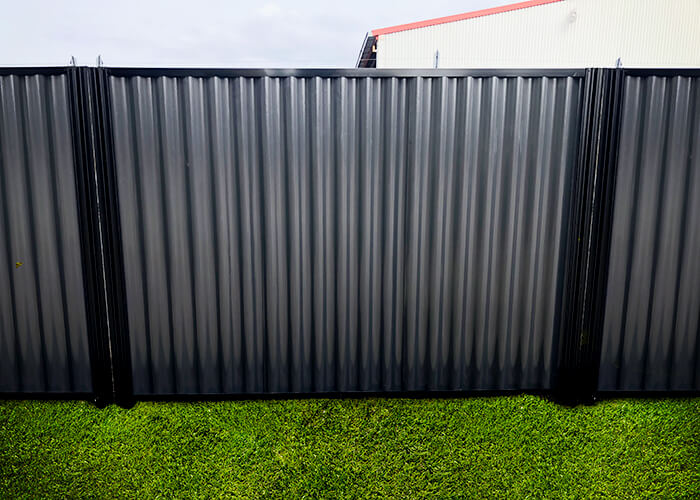When selecting fencing for earthquake-prone areas, prioritize flexible materials such as chain link or wire mesh to withstand ground movement and reduce the risk of collapse. Additionally, opt for lightweight and adjustable fence designs to enhance durability and minimize potential damage.
Living in an earthquake-prone region necessitates strategic decision-making when choosing fencing for your property.
With the relentless possibility of ground tremors and shifting, it’s crucial to invest in fencing solutions that can withstand such seismic forces.
By considering options like chain link or wire mesh, which offer flexibility and resilience, you can enhance the safety and longevity of your fencing system.
Furthermore, prioritizing lightweight and adjustable designs will further fortify your property against potential damage caused by seismic activity.
As you navigate the selection process, keep these considerations in mind to ensure the security and stability of your fencing in earthquake-prone areas.

The Geographical Factors
When choosing fencing in earthquake-prone areas, understanding the geographical factors is crucial for ensuring the stability and resilience of the fencing structure.
For a deeper insight into suitable fencing solutions in such areas, Click to discover more.
Their expertise in earthquake-resistant fencing designs can significantly enhance the safety and longevity of your fencing investment.
Geological Survey
Conducting a geological survey of the area where the fencing will be installed is an essential step in understanding the underlying geological formations and potential seismic risks.
The survey provides valuable information about the topography, fault lines, and historical earthquake activities in the region, enabling homeowners to select fencing materials and designs that can withstand seismic forces.
Tectonic Plate Movements
Understanding the tectonic plate movements in the vicinity of the property is imperative for assessing the potential seismic hazards that the fencing may encounter.
By analyzing the direction and rate of plate movements, homeowners can anticipate the intensity and direction of seismic waves, allowing them to choose fencing materials and anchoring methods that offer enhanced resistance to lateral forces.
Soil Composition
The soil composition plays a significant role in determining the seismic vulnerability of the fencing.
Certain types of soil, such as loose or saturated soils, are more susceptible to liquefaction during an earthquake, which can compromise the structural integrity of fencing.
By analyzing the soil composition, homeowners can implement suitable foundation designs and reinforcement measures to mitigate the impact of soil liquefaction on the fencing structure.
Impact-resistant Fencing Materials
When choosing fencing for earthquake-prone areas, it’s essential to prioritize impact-resistant materials.
These materials can withstand seismic activity and provide safety and security for your property.
Look for fences made of durable materials such as steel or aluminum, which offer excellent resistance to impact and can help minimize damage during earthquakes.
When selecting fencing for earthquake-prone areas, it’s crucial to prioritize impact-resistant materials to ensure the safety and security of your property.
Earthquakes can lead to sudden and forceful movements of the ground, which can cause significant damage to traditional fencing materials.
Investing in impact-resistant fencing can provide added protection for your property against the destructive forces of earthquakes.
Reinforced Steel Fencing
Reinforced steel fencing is a robust and durable option for earthquake-prone areas.
The strength and flexibility of steel make it an ideal choice to withstand the impact of seismic activities.
Additionally, steel fencing can be designed to have a heightened resistance to bending and breaking, making it a reliable option for earthquake preparedness.
Flexible Vinyl Options
Vinyl fencing offers a flexible and impact-resistant solution for earthquake-prone areas.
Its ability to absorb impact forces without cracking or shattering makes it a suitable choice for areas susceptible to seismic events.
Furthermore, vinyl fencing requires minimal maintenance and is resistant to corrosion, providing long-term durability in earthquake-prone regions.
Composite Materials
Composite fencing materials, such as fiberglass and plastic blends, offer a combination of strength and flexibility, making them well-suited for earthquake-prone areas.
These materials can withstand significant impacts while also providing resistance to weathering and deterioration over time.
Composite fencing provides a durable and low-maintenance solution for properties located in seismic zones.
Selecting impact-resistant fencing materials is essential for safeguarding your property in earthquake-prone areas.
Whether opting for reinforced steel, flexible vinyl, or composite materials, prioritizing durability and resilience will ensure that your fence can withstand the impact of seismic activities, providing long-term protection for your property.

Frequently Asked Questions
What Are The Best Fencing Materials For Earthquake-prone Areas?
Select fencing materials like steel or chain link to withstand seismic events and ensure durability.
How Can Fencing Design Mitigate Earthquake Damage?
Choose flexible fencing designs and consider incorporating shock absorbers to minimize earthquake impact.
Are There Any Regulations For Fencing In Earthquake-prone Regions?
Certain earthquake-resistant building codes may apply, so consult local authorities for specific fencing regulations.
Conclusion
In earthquake-prone areas, choosing the right fencing is crucial for safety and durability.
Consider materials that are flexible, resilient, and easily repairable. Stick to local building codes and consult with experts for the best options for your specific location.
With proper planning and research, you can find a fencing solution that provides security and peace of mind.

